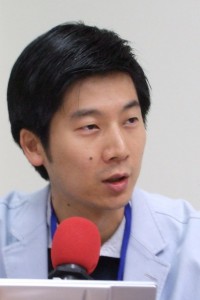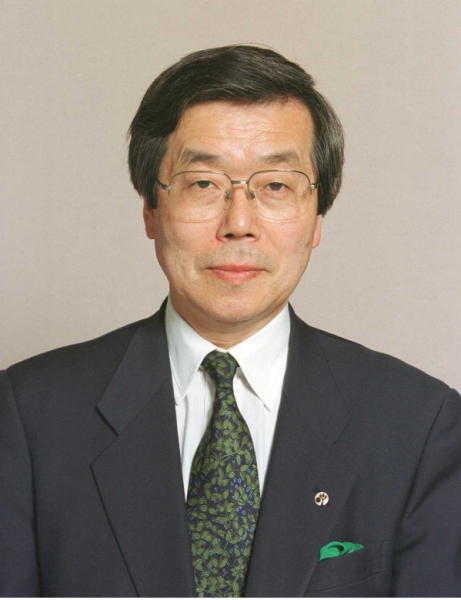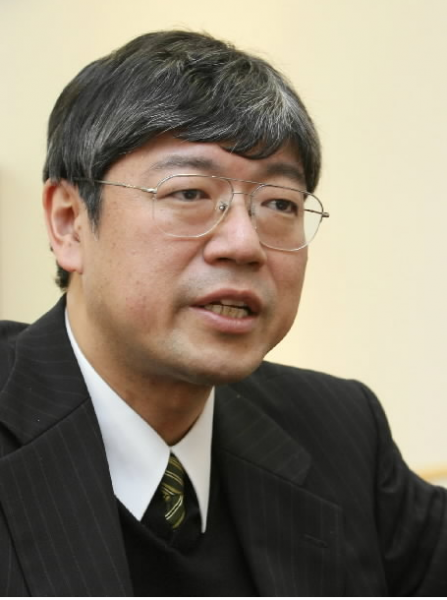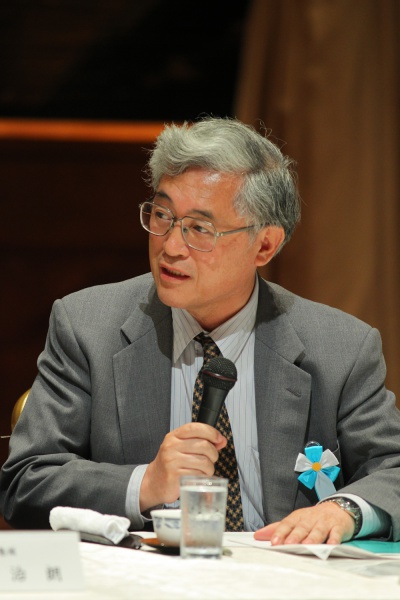Political Scientist Sasaki Takeshi’s Analytical Paper Entitled “Refrain from Arrogance, Mr. Abe: A “Clinical Diagnosis” of the Abenomics Diet Dissolution
Unexpectedly, there have been fewer commentaries on the results of the 47th House of Representatives Election held on 14 December 2014 than on the size of the impact of the Diet dissolution.
The Liberal Democratic Party (LDP) won 291 seats, including additional endorsements, resulting in losing four seats compared to before the official election announcement. However, Komeito won 35 seats with 4 more seats compared to before the official election announcement. These results show that the ruling coalition government has maintained its seats. The number goes far beyond the absolute stable majority (266 seats) in the House of Representatives and makes up more than two-thirds of all seats. The Democratic Party of Japan (DPJ) gained 73 seats and increased its seats from the last drubbing in 2012 (57 seats), but gave the impression that the party was far from being able to come back to power. These election results indicate a strange situation in which the ruling party is enjoying a victory despite the loss of seats and the opposition party is discussing its organizational reconstruction in spite of an increase in seats. The election is, therefore, curious enough to attract comments.
There may be, however, nothing new to say. The only thing that Abenomics supporters have to do to gain public confidence is repeat that the economic policy is the one and only option for Japan to take. This is one aspect of the facts.

Iokibe Kaoru, Professor of the University of Tokyo Faculty of Law
On the other hand, it is also possible to repeat the criticism that there were no legitimate reasons for the Diet dissolution. This is because it is possible to explain the small amount of attention paid to the election due to there being no good cause for the dissolution (the lowest turnout rate of 53% in history) and the organizational power of the ruling party worked.
Therefore, if you are not happy about the small number of post-election commentaries, you should keep in mind the typical criticism of the dissolution before the election.
Sasaki Takeshi is a leading Japanese expert on Western political thought and is an author of many books about Plato, Machiavelli and Jean Bodin.
In addition, Sasaki has played a leading role in providing explanations and making recommendations about contemporary politics. For the characteristics of his political analysis, first, he presents a practical “clinical diagnosis” with a focus on the relationship between politics and economic performance without evaluating political regimes themselves as static. Second, Sasaki emphasizes the dynamics and highly adaptable politics involving changes through a change of government.
Because of this second characteristic of his political thinking, Sasaki is considered one of the leading intellectuals who promoted political reform in the 1990s and the establishment of the DPJ government in 2009. There is some criticism that although political reforms realized the introduction of an electoral system combining the single-seat constituency system with proportional representation, the system has caused an unstable change in seats in each election and destroyed stable governance and the decent sense and tacit knowledge that support the governance.
In the commentary that I introduce here, Sasaki criticizes Prime Minister Abe for creating an economic policy vacuum at a significant time which could seriously affect the success or failure of Abenomics through his Diet dissolution last December. You can say that this analysis is a representation of the first characteristic of Sasaki’s approach mentioned above.
Translated from an original article in Japanese written for Discuss Japan. [March 2015]




